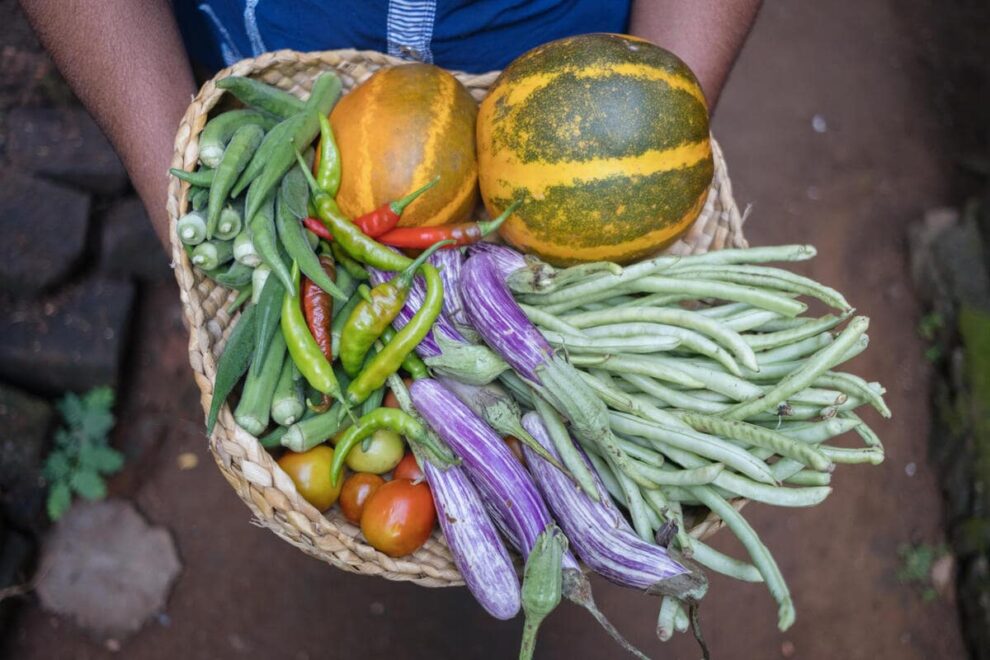• The West and Central Africa region has been facing a food crisis in recent years. In the projected period (June-August 2023), it should register 47.2 million people* in food insecurity, which represents an increase of +10% compared to last year, but it has almost quadrupled since 2019. The region has its highest number of people in disaster situations of around 45,000 people since the crisis in North-East Nigeria in 2017.
• Global 2023 grain stocks stand at 855 million tonnes, up 4.9 million tonnes since the previous forecast in April but still 0.2% below their opening levels. World grain trade in 2022-23 is forecast at 472 million tonnes, up 2.6 million tonnes since the previous forecast in April but still 2.2% below their 2021-22 levels; the use of cereals stands at 2,780 million tonnes, which points to a 0.7% decline from 2021-22.
• Global fertilizer prices remain significantly above average. In March, they were 12% higher than year prior levels and 62% higher than the 5 year average. Agricultural inputs are likely to be less affordable to producers in the region this year, which could further reduce the use of fertilizer; in 2022, a 12% decrease in fertilizer use has already been observed.
• Basic food commodity prices have decreased in some areas, but remain above average. Risks that may affect market performance include uncertainty regarding the Ukraine conflict, insecurity, seasonal performance, cost of inputs, exchange rates, government policies and macroeconomic conditions.
According to WFP’s Market Functionality Index, 77% of markets assessed between 2022 and 2023 are only weakly to moderately functional.
Source: reliefweb
















